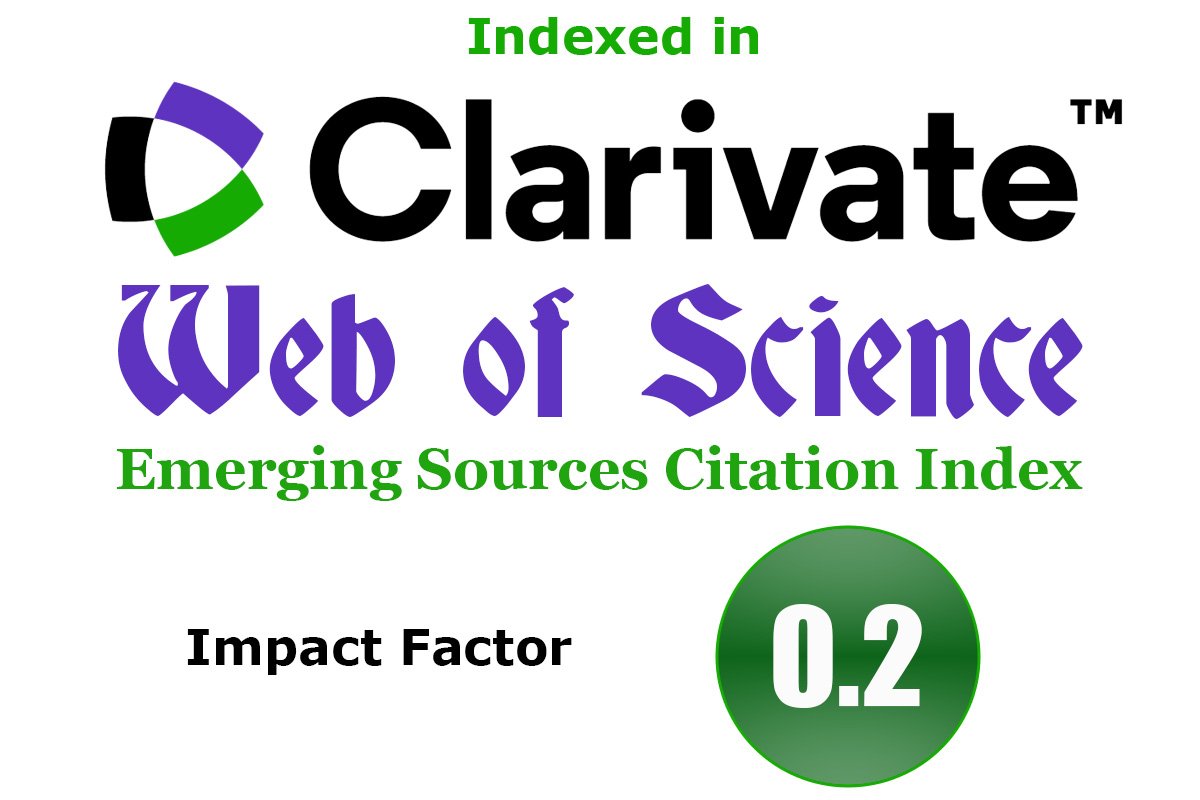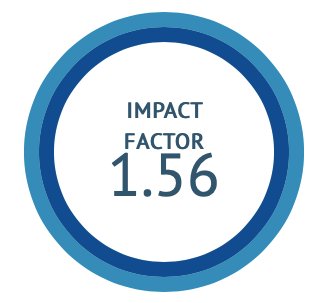A case study on Ayurvedic management of Immune Thrombocytopenic Purpura w.s.r to Tiryaka Raktapitta
DOI:
https://doi.org/10.47552/ijam.v13i1.2411Keywords:
Tiryaka Raktapitta, Immune Thrombocytopenic Purpura, Papaya patra swarasaAbstract
Immune Thrombocytopenic Purpura is an autoimmune disorder which is characterized by destruction and decrease in the number of platelets count due to the presence of autoantibodies directed against platelet. There are two types of Idiopathic thrombocytopenic purpura i.e. acute and chronic forms which are characterized by mucocutaneous bleeding such as oral mucosa, heavy menstrual bleeding or gastrointestinal bleeding and low platelet count with normal peripheral blood cells and smear. Clinical features of ITP are ecchymosis and petechiae or thrombocytopenia incidentally found on a routine CBC. Bleeding disorders are explained in classics under the heading of Raktapitta. ITP can be correlated with Tiryaka Raktapitta as in this disorder. It is tridoshaja vayadhi and its manifestation will be subcutaneous bleeding. In this study, a 45 years old female patient had complaints of bleeding from gums and heavy menstrual bleeding for 4 years was treated with Guduchi Kwatha and Aamlaki churna, Shatavari churna, Vata churna, Nimba Arka, fresh Papaya patra swarasa for 6 months. Significant improvement was observed in patient condition and blood reports and platelet count is stable without any allopathic medications.
Downloads
Published
How to Cite
Issue
Section
License
Copyright (c) 2022 International Journal of Ayurvedic Medicine

This work is licensed under a Creative Commons Attribution 4.0 International License.
The author hereby transfers, assigns, or conveys all copyright ownership to the International Journal of Ayurvedic Medicine (IJAM). By this transfer, the article becomes the property of the IJAM and may not be published elsewhere without written permission from the IJAM.
This transfer of copyright also implies transfer of rights for printed, electronic, microfilm, and facsimile publication. No royalty or other monetary compensation will be received for transferring the copyright of the article to the IJAM.
The IJAM, in turn, grants each author the right to republish the article in any book for which he or she is the author or editor, without paying royalties to the IJAM, subject to the express conditions that (a) the author notify IJAM in advance in writing of this republication and (b) a credit line attributes the original publication to IJAM.




